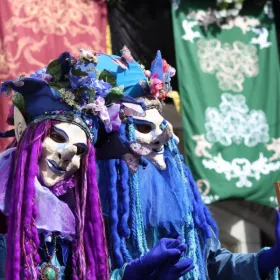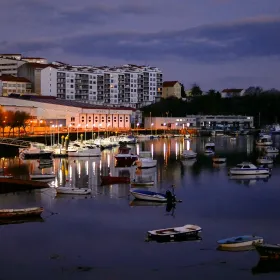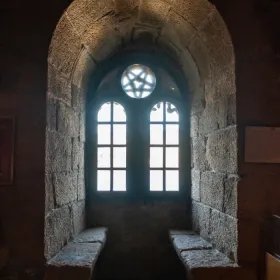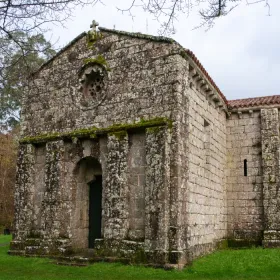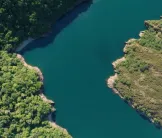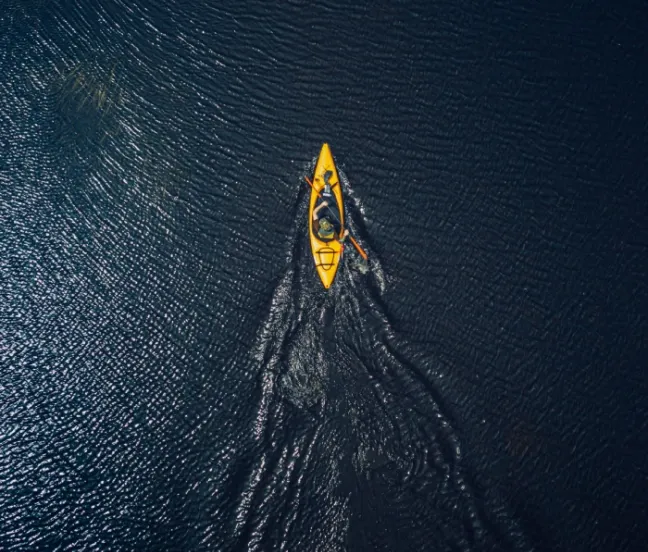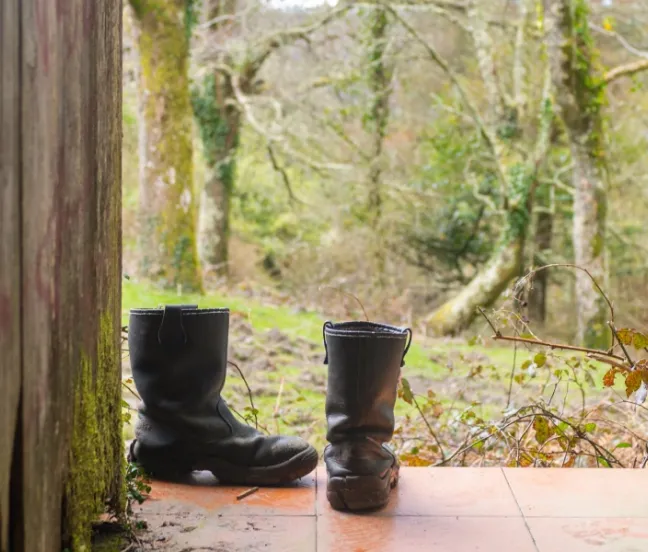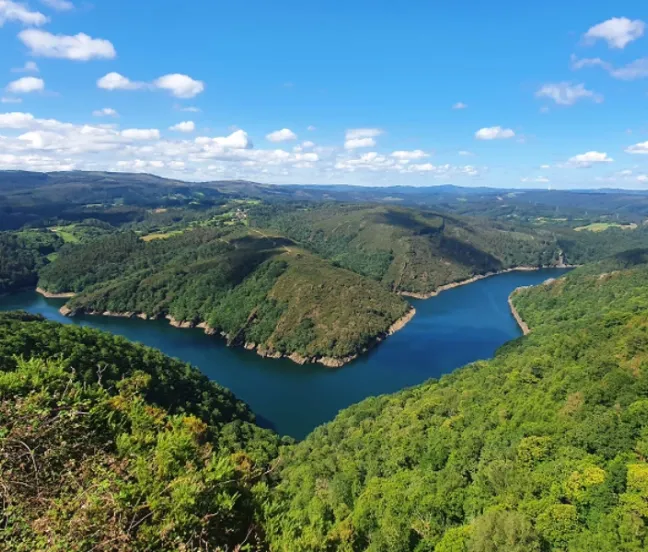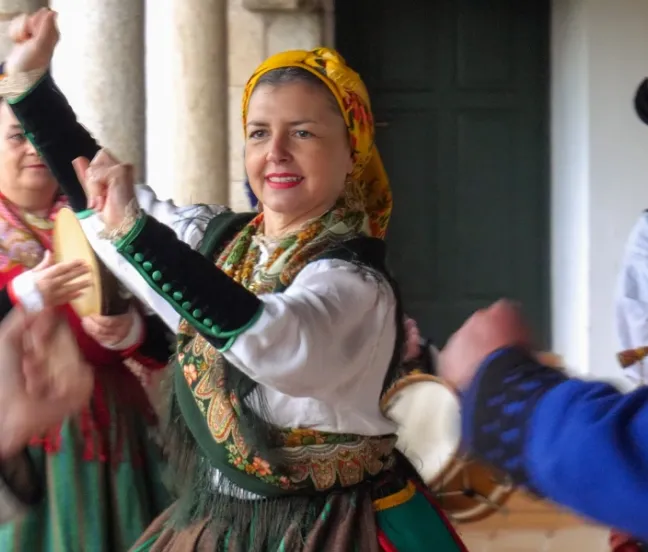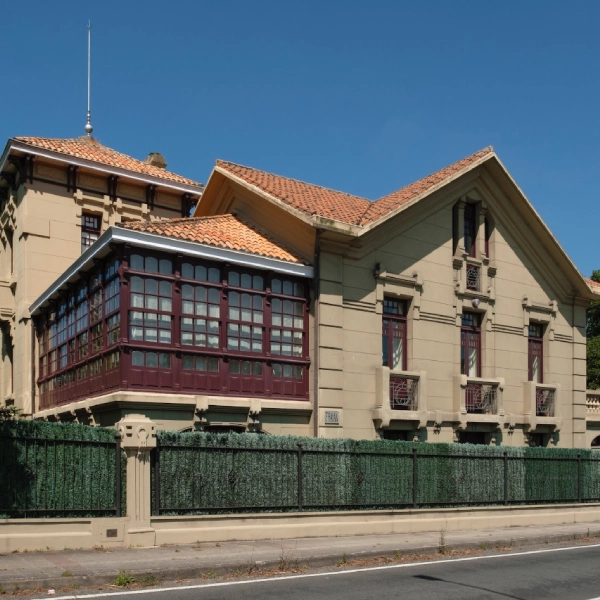A walk through architectural history
The Indian architecture route connects the municipalities of Fene, Mugardos, Ares and Cabanas, being a testimony of the legacy of Galician emigration to America.
This architectural style, developed between the end of the 19th and early twentieth centuries, reflects the influence of the Returned Indians and emigrants, who embodied in their buildings a fusion between the local tradition and international currents.
Each facade, each balcony and every ornamental detail reflect a piece of that transoceanic trip, where cast iron, colorful stucco and polychrome glass brought with them an air of prosperity. & Nbsp;
In Cabanas you can find five outstanding examples of Indian architecture:
- Vila Fraián (1920, Porto) – Eclectic style
- Vista Alegre (1948, Porto) – Eclectic style
- Chalé Areal (1930-1934, Cabanas) – Regionalist style
- Vila da Pena (1912, Irís) – Eclectic style
- Escola Laica (1921, Porto) – Eclectic style
Ferrolterrane emigration to America
As of 1853, Galician emigration to America originated the birth of Indian architecture, leaving a deep mark on the architectural heritage of the region.
The constructions are the reflection of the economic success and nostalgia of the returned emigrants, and combine traditional elements with influences of historicism, modernism, eclecticism and rationalism. & NBSP;
Present in family homes, schools promoted by instructional societies and leisure spaces such as cinemas and casinos, this architecture is a testimony of the social and cultural transformation promoted by the diaspora.
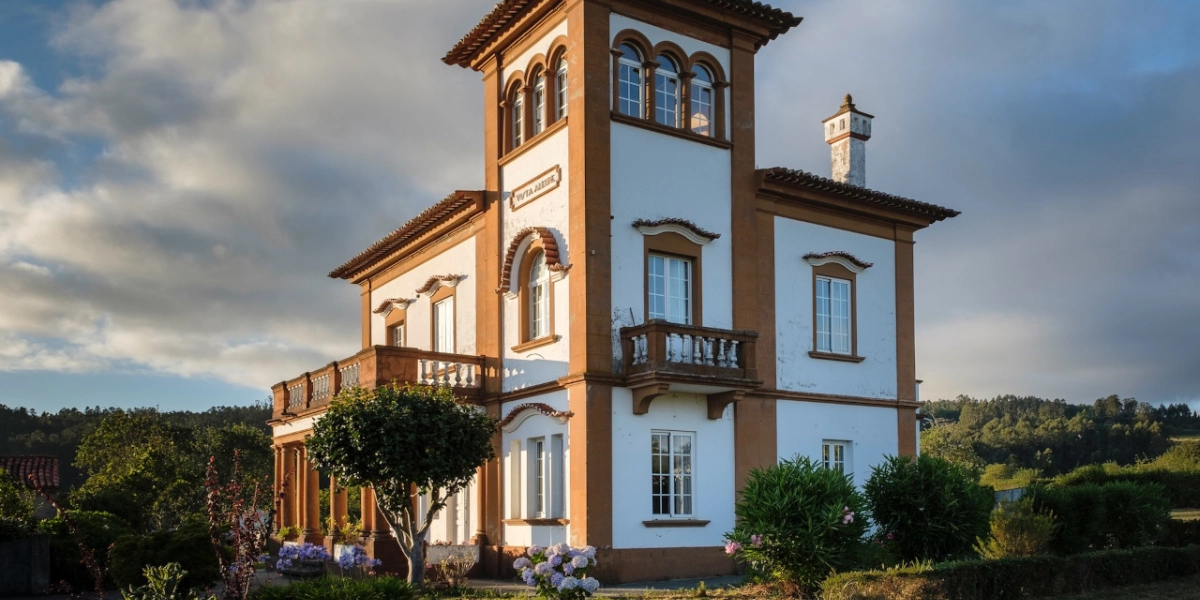
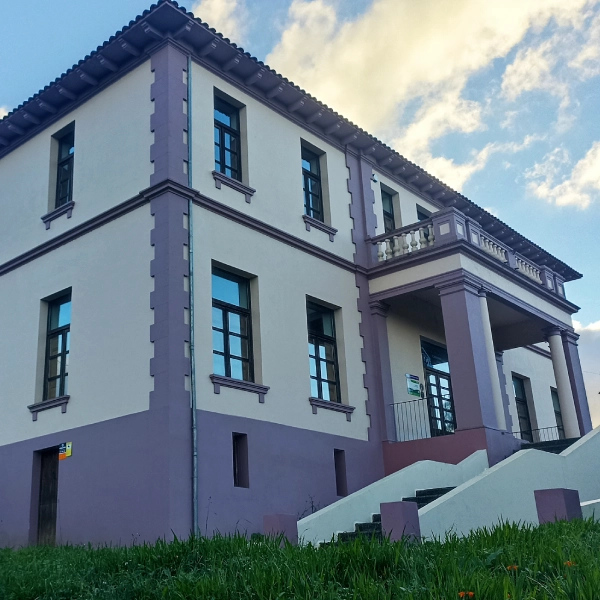
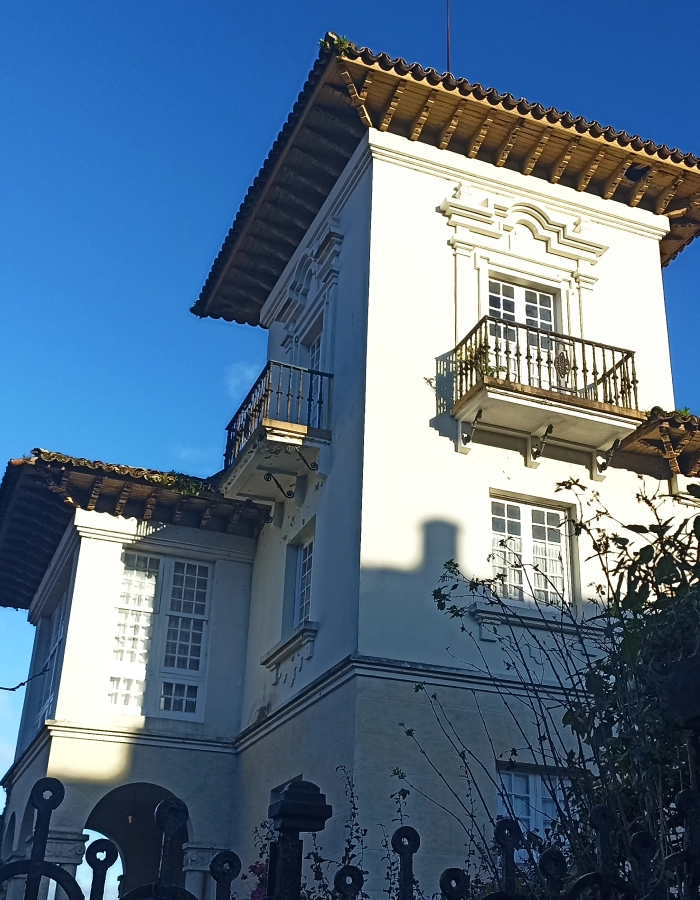
You may also interest you
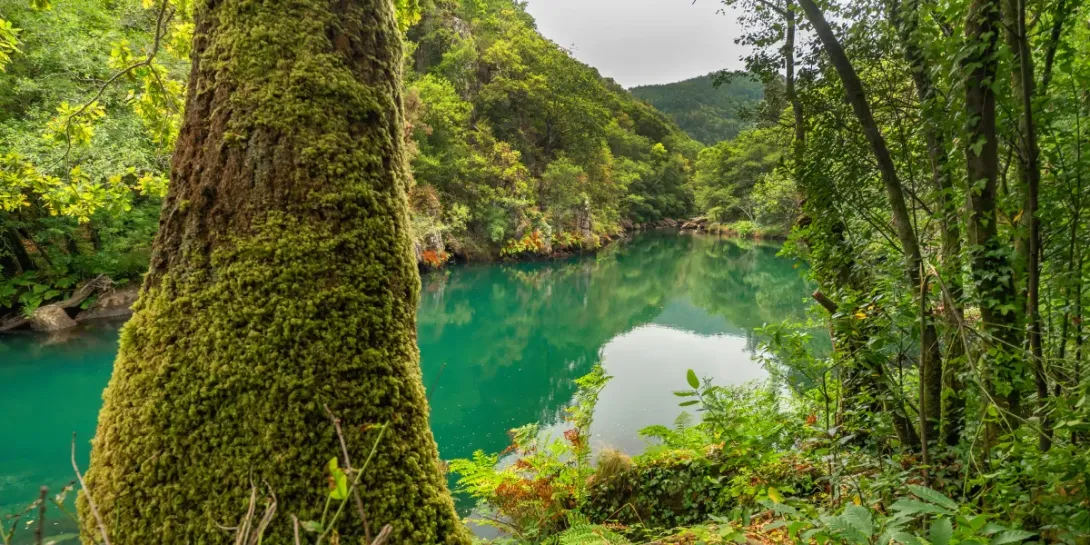
Natural Park of the Fragas del Eume
Forests, rivers and centenary oaks await you in one of the most beautiful natural spaces in Galicia.
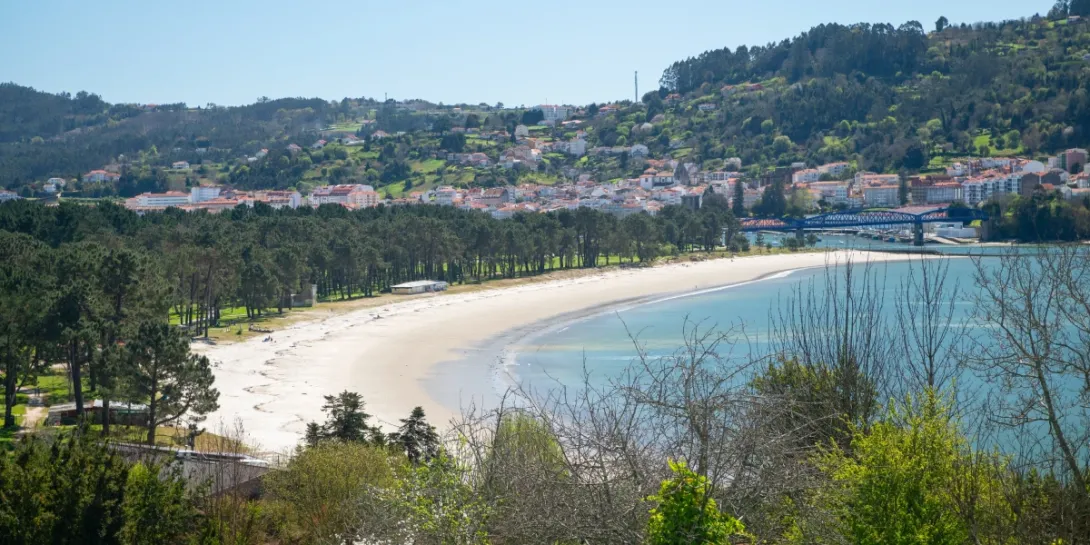
La Madalena Beach
An extensive sandpot with calm waters, perfect for families, dogs and those who seek to relax.
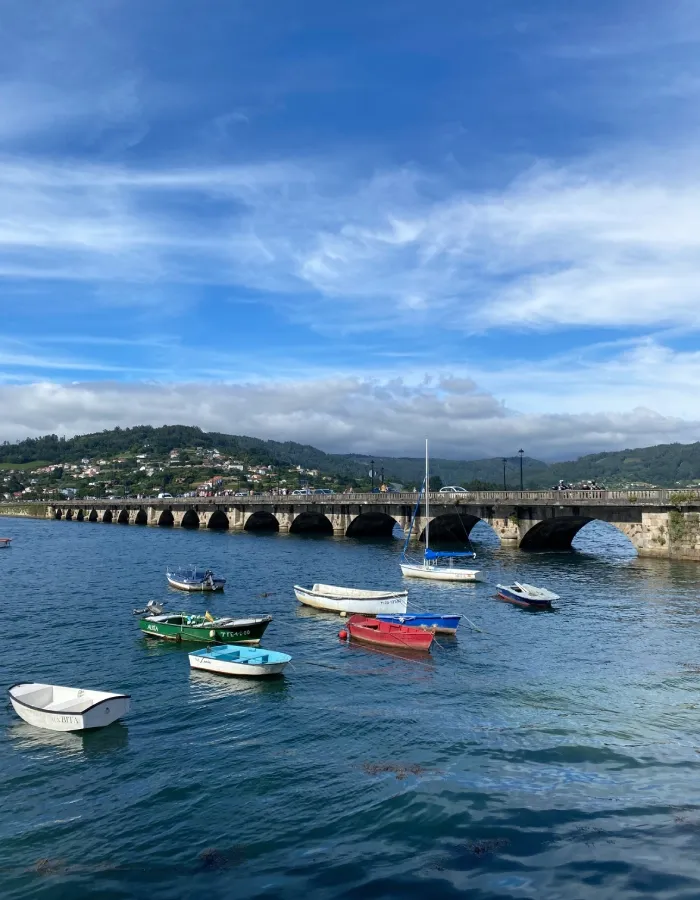
EUME BRIDGE
Discover the Eume bridge, a historical symbol of Galicia that joins nature and legend.
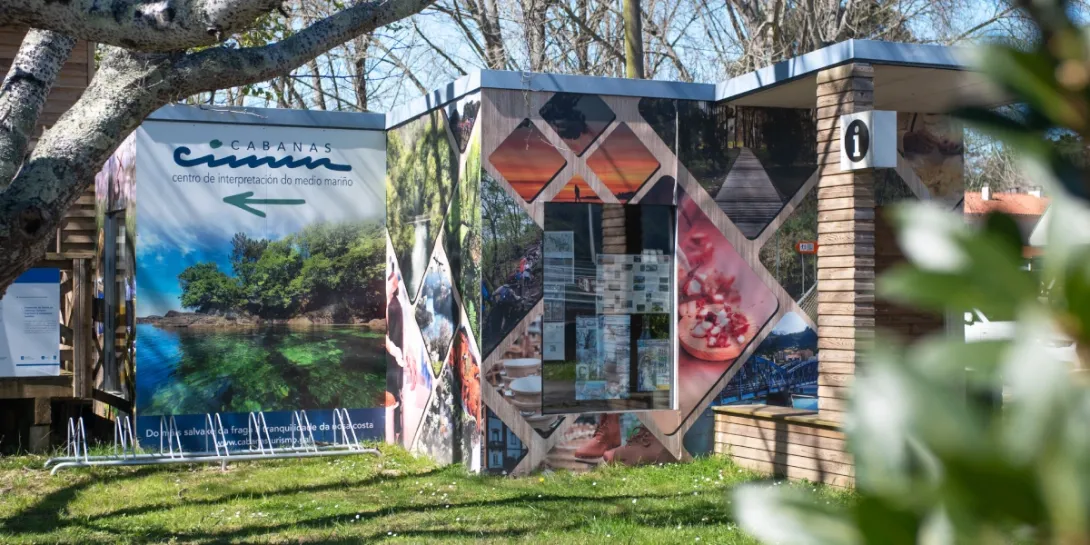
Marine medium interpretation center
Space dedicated to sensitization and education about Marine and coastal ecosystems in the region.
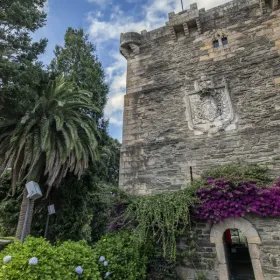
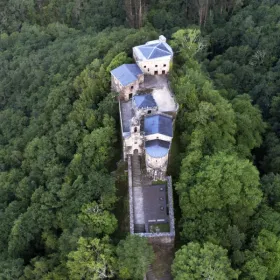

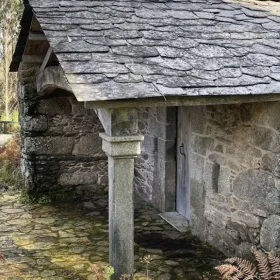
Discover more from the Eume Region
Be inspired by breathtaking landscapes, age-old traditions and magical moments.
